介绍
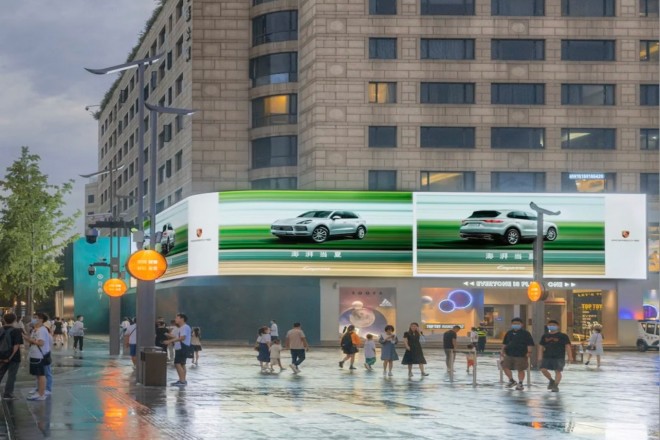
LED显示屏 are everywhere nowadays, from billboards on the streets to display walls at high-end conferences. They light up our daily lives. But did you know?
High temperature is the “natural enemy” of LED displays, which will not only make them dim and discolor but also make them age faster. Therefore, it is particularly important to find a “cooling artifact” for them – air conditioning.
This article will talk about the circumstances under which LED displays need this “little partner” and how to make air conditioning their best guardian.
1. Causes of heating of LED displays
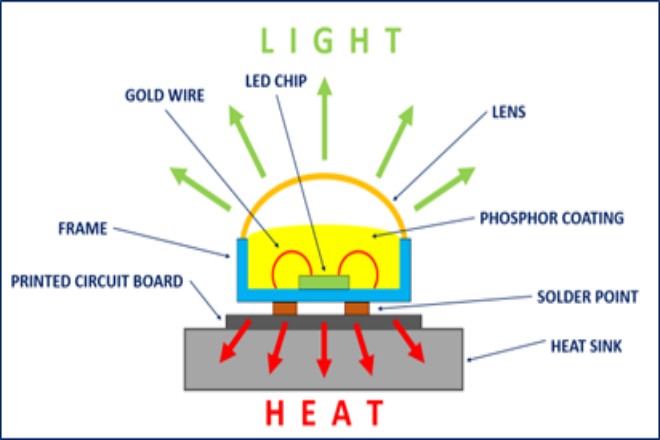
We all know that all electrical appliances will generate a certain amount of heat as long as they are turned on, and LED displays are no exception.
So what is the reason for the heat generated by LED displays? The secret lies in the conversion of LED lamp beads – electrical energy to light energy.
Each LED lamp bead is a semiconductor. When the current is gently stroked, it lights up and converges into a colorful picture. The control system is like a conductor, which allows each LED lamp bead to accurately emit the required light by finely regulating the current.
While the LED emits light, it also silently converts most of the electrical energy into heat energy. This is not only a waste of energy, but also an invisible killer of LED display performance. Less heat is normal for LED display, but for outdoor LED display where the ambient temperature is already high, heat energy is a kind of energy that will damage the equipment.
Once this heat accumulates, the LED display will be dim, the color will shift, and even the life will be greatly reduced.
Thermal management is like a protective cover for LED display, and its importance is self-evident. Effective thermal management can ensure that the LED display runs at a suitable temperature to prevent performance degradation and shortened life caused by overheating.
For outdoor LED display, facing the scorching sun, thermal management has become the key to protecting light and color.
2. External factors affecting the temperature control of LED display
1). External challenges of temperature control of LED display
The temperature control of LED displays faces multiple external challenges that are directly related to their operating efficiency and life. The following is a brief analysis of these challenges:
1.1). Environmental challenges
气候条件: Hot weather causes the display screen temperature to soar, accelerating aging; high humidity environments can easily cause circuit short circuits, affecting heat dissipation; extreme temperature differences cause thermal stress, which may damage internal components.
安装位置: Outdoor direct sunlight and solar radiation intensify the temperature rise; in a closed space, air is not circulated, and heat dissipation is difficult.
1.2). Challenges in usage scenarios
商业广告: Long-term high-brightness operation, heat accumulation, and effective heat dissipation are required to maintain performance.
运动的 事件: Frequent dynamic images, increased power consumption, heat surges, and high heat dissipation requirements.
阶段 演出: Lighting, sound and other equipment jointly create a complex thermal environment, heat is superimposed, and a comprehensive heat dissipation strategy is required.
In summary, the temperature control of LED display screens needs to comprehensively consider the challenges of the environment and usage scenarios, and take targeted heat dissipation measures to ensure stable operation and extend service life.
3. Types of LED display screens that require air conditioning
In specific application scenarios, temperature control of LED display screens becomes the key to ensuring their performance and life. The following are several types of LED display screens that urgently need to install air conditioners to maintain a suitable temperature:
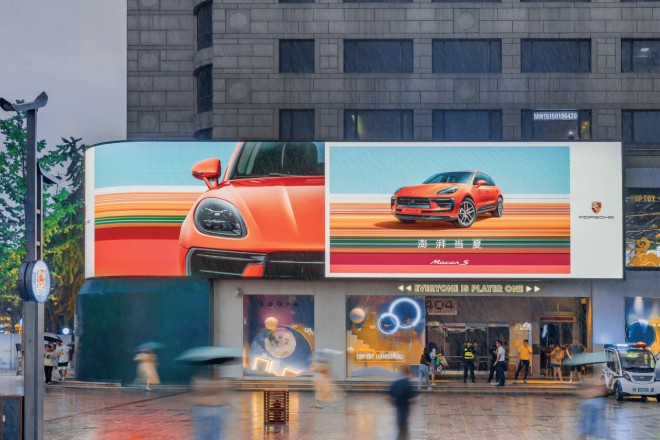
1). Large outdoor HD display screens:
This type of display screen has become part of the city landscape with its wide coverage area and high-definition picture quality. However, they also face the dual challenges of heat dissipation and environmental factors.
The heat dissipation pressure brought by the large area, as well as the direct impact of harsh climates such as high temperature and high humidity, may damage the display effect and equipment life.
Installing air conditioners has become the key to solving this problem. It can not only quickly reduce the temperature of the display screen but also effectively resist changes in the external environment, ensuring that the display screen operates in the best working state and continuously outputs high-definition images.
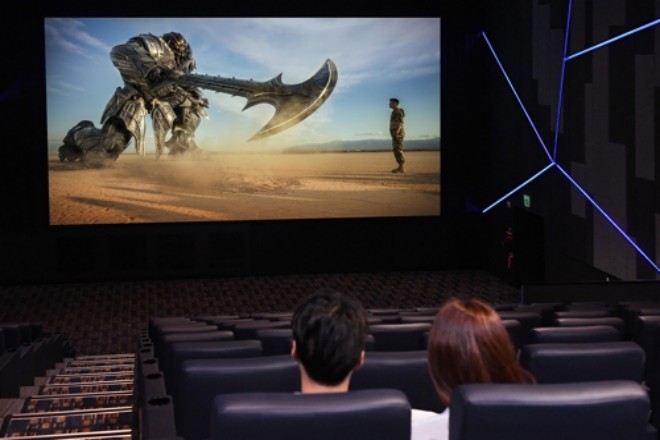
2). Professional-grade 室内显示屏:
Conference centers, theaters, exhibition halls, and other professional venues have almost demanding requirements for the display effect of LED display screens. These venues usually pursue the ultimate clarity of the image, the true restoration of colors, and long-term stable operation.
Although the indoor environment is relatively controllable, long-term high-load operation will still bring about temperature changes and affect the display effect.
Therefore, installing air conditioners has become a necessary means to achieve precise temperature control. It ensures that the display screen works at a constant temperature, avoids image distortion or equipment failure caused by temperature fluctuations, and meets the high standard requirements of professional applications.
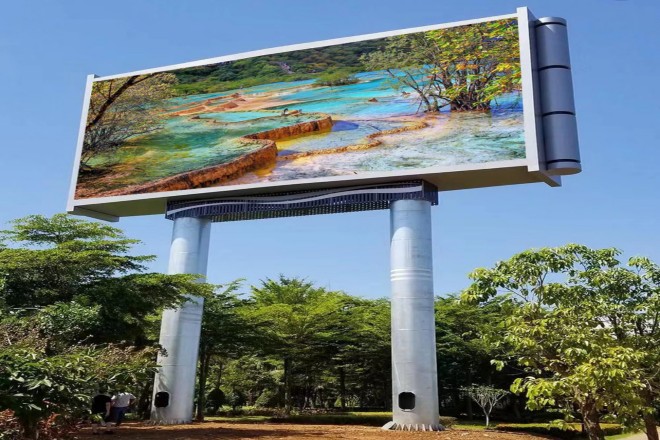
3). Special environment display screen:
Under extreme climatic conditions such as deserts and polar regions, the temperature control system of LED display screens faces unprecedented challenges.
The high temperature, dryness, strong sunshine in the desert, and the low temperature and severe cold in the polar regions all put forward extremely high requirements for the heat dissipation and heat preservation capabilities of the display screen.
At this time, the specially designed temperature control system, especially the addition of air conditioning, becomes the key to the survival and operation of the display screen. In the desert, air conditioning can effectively cool down and prevent overheating.
In the polar regions, it provides the necessary heating to ensure that the display screen can work normally in extreme environments and show excellent display effects.
4. Precautions and maintenance suggestions for installing air conditioners
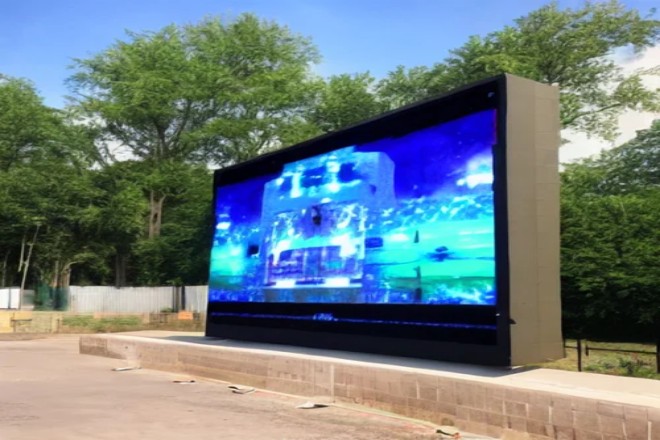
When installing air conditioners to regulate the temperature of LED display screens, a series of matters need to be paid attention to, and regular maintenance should be performed to ensure the stable operation of the system and efficient energy consumption management.
The following are detailed precautions and maintenance suggestions:
1). Installation location selection
- Avoid blowing directly at the LED lamp beads:
When installing the air conditioner, make sure that the air outlet is not directly aimed at the lamp bead area of the LED display screen.
Direct blowing may cause the temperature of the lamp beads to drop sharply, affecting the display effect and the life of the lamp beads.
At the same time, care should be taken to prevent condensation water from dripping onto the display screen and to avoid damaging the circuit or causing safety hazards.
- 布局合理:
Choose a suitable air conditioner installation location according to the size and layout of the display. Ensure that the air conditioner can evenly provide cold air to the display, while avoiding airflow short circuits or dead corners that affect the heat dissipation effect.
2). 维护
- Regular inspection of the air conditioning system:
Regularly conduct a comprehensive inspection of the air conditioning system, including key components such as the compressor, condenser, evaporator, and fan. Check for abnormal noise, vibration, or leakage, and deal with them in time.
- Clean the filter:
The filter is an important component in the air conditioning system that can block dust and debris from entering the interior.
The filter should be cleaned regularly to avoid blockage and reduce cooling efficiency. It is recommended that the filter be cleaned or replaced every quarter or according to the environment in which it is used.
- Maintain good ventilation:
Ensure that there is enough space around the air conditioner to avoid stacking debris that affects heat dissipation. At the same time, dust and debris around the air conditioner should be cleaned regularly to maintain good ventilation.
3). Energy consumption management
- Combined with intelligent technology:
Intelligent technologies such as light sensing and temperature sensing can be used to achieve automatic control and energy consumption management of the air conditioning system.
For example, when the ambient light is dim, or the display is in sleep mode, the air conditioner power is automatically reduced or turned off.
When the ambient temperature rises, the air conditioner cooling mode is automatically adjusted to ensure that the display temperature is appropriate.
- Reasonable temperature setting:
According to the working requirements and operating environment of the display, the air conditioner temperature is reasonably set. Avoid excessively high or low temperature settings to reduce energy consumption and extend the service life of the air conditioner.
- Regular maintenance of energy efficiency:
Regularly test and maintain the air conditioning system for energy efficiency to ensure that the system is always in an efficient operating state. Improve energy efficiency and reduce operating costs by optimizing system settings and replacing aging components.
结论
In general, for those LED displays in outdoor, indoor or special environments, air conditioning is like their “personal doctor”, ensuring that they are always in the best condition.
Of course, not all LED displays need to be installed with air conditioning. In ordinary environments, using the LED display’s own cooling system is enough. For specific situations, you can consult a professional LED display manufacturer, who will provide you with a reasonable solution.
最后,如果您想了解更多关于LED显示屏的知识, 请联系我们。
